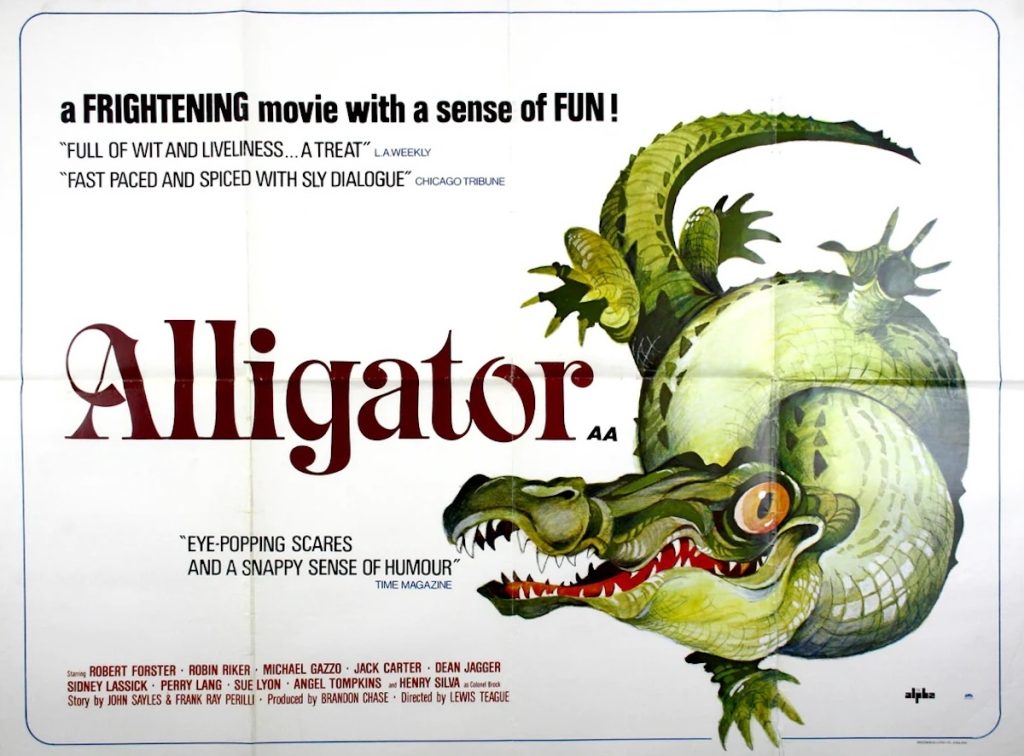The first English-language Canadian film to screen at Cannes, Winter Kept Us Warm defies stereotypes about gay men’s lives before Stonewall. Depicting a college student who falls in love with his male friend, it does keep their exact relationship inexplicit, while expressing it as something larger than subtext. More surprisingly, it avoids the notes of desperation and tragedy still common in films about queer men. Its protagonist goes through a fairly manageable degree of loneliness and repression, without risking the destruction of their lives.
Made for only 8,000 Canadian dollars by a 22-year-old director, Winter Kept Us Warm sticks to campus life, except for a few scenes at Toronto’s nightclubs and streets. Many scenes play out without dialogue, as the dancing vibraphones of Paul Hoffert’s score plays out over the images. The new 4K restoration looks crystal-clear, but the soundtrack remains muddy in places. Still, the film’s modest scale and meat-and-potatoes sensibility were a perfect fit for the resources with which it was made.
Winter Kept Us Warm’s current run at the Metrograph isn’t its first exposure in the U.S. It was released here back in 1968, reviewed in the New York Times by Renata Adler. It’s gone through several revivals, including a DVD release from TLA Video. Still, it remains quite obscure, even though David Cronenberg singled it out as an inspiration for his own early films.
The two protagonists’ personalities contrast with each other. Peter (Henry Tarvainen) arrives in Toronto from the sticks. Exiting a train station into the streets, he gazes up at a skyscraper, framed to loom as menacingly as possible. Taking a cab to his dorm, he settles in. While working as a waiter in a men’s cafeteria, he’s teased by a group of boys, including Doug (John Labow). Even their physical appearance marks their differences: Doug appears to be several years older, dark-haired and conventionally handsome, his voice and mannerisms outgoing and confident; Peter is blonde and far more shy. The two become friends and start spending most of their free time together. While both date women, everyone can perceive the tension looming around their relationship. Doug’s girlfriend tells him “everything was fine until you met Peter.” Despite the choice to begin with Peter, this turns into Doug’s story.
Winter Kept Us Warm documents a pre-countercultural period of the 1960s. Although Peter plans to go to an anti-Vietnam War protest, Canada’s involvement in the war isn’t a pressing issue. (Doug still warns him away, fearing future blacklisting.) Doug and Peter go to a Harry Belafonte concert and play acoustic guitar, but the film never utilizes rock music. Everyone’s hair is short, and their style of dress is fairly formal. Peter takes a chance by smoking a cigarette on a date, not a joint. A tweedy Anglophilia dominates campus life.

Extremely tame by today’s standards, Winter Kept Us Warm nonetheless includes a nude shot of a man’s ass that wouldn’t have passed the Hays Code. Secter uses visual language to suggest gay desire. Doug and Peter head to the sauna together. A whole locker room of male students strips down to towels, barely concealing their bodies. These scenes reveal their growing attraction, despite the fact that they’re not alone during them. Indeed, they’re able to get affectionate in the shower without anyone else noticing.
Although Winter Kept Us Warm doesn’t ignore homophobia, its presence is kept as small as possible. At a time when homosexuality was still illegal in Canada, this feels quietly radical. Even so, it’s the film’s structuring absence. Doug and Peter’s relationships with women are poisoned by an undertone that every character strains to fully acknowledge. When Doug has to present himself as heterosexual and can’t speak about his actual desires, he’s bound to end up hurting his girlfriend.
Secter was inspired by his own experiences. According to Matthew Hays’ DVD review in Cineaste, Doug was based upon himself, following a bout of unrequited love for another student. In 2024, Chris Dupuis wrote “despite its initial success, the film had very nearly vanished from our cultural consciousness a decade after it was made.” (Dupuis published a book about Winter Kept Us Warm that year.) Secter did not go on to a thriving career. While he was able to follow Winter Kept Us Warm up with The Offering in 1966, further job prospects dwindled. (Not a single person has reviewed The Offering on Letterboxd.) He moved to New York, joined a commune and directed theater. Subsequent films are scarce: to this day, he’s only made six, one being porn. (His last was the 2005 documentary Take The Flame! Gay Games: Grace, Grit and Glory.)
Were Winter Kept Us Warm about two heterosexual college students who fall in love, his career trajectory would’ve been far different. As soft-spoken as the film is, it was open enough for homophobes to catch what it’s really about. This new restoration should allow us to finally appreciate Secter’s innovations.
The new 4K restoration of “Winter Kept Us Warm” opens Saturday at the Metrograph in New York.



